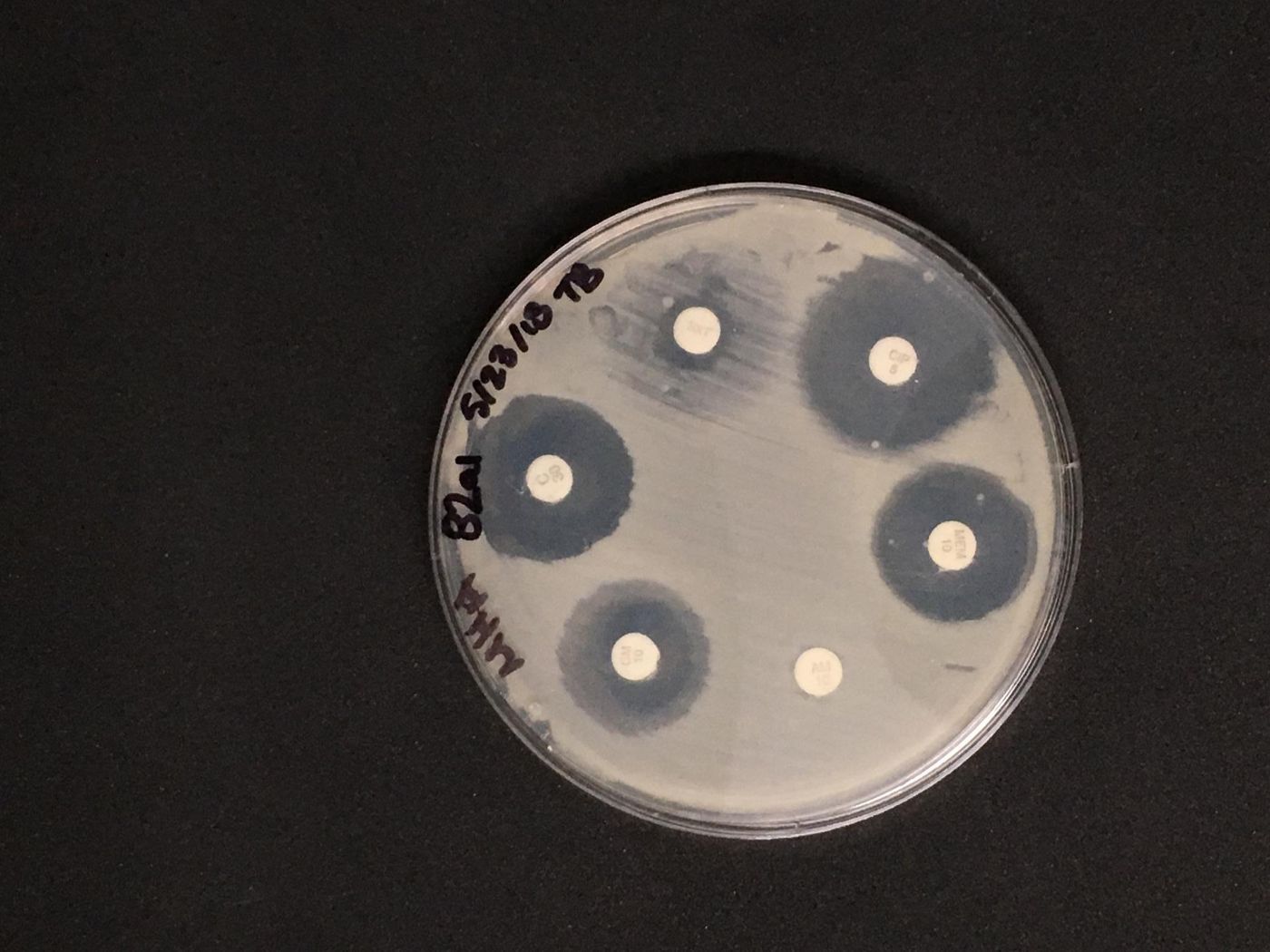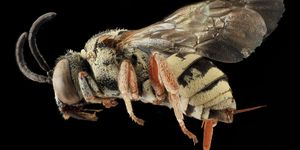Dust with High Levels of Triclosan has More Antibiotic Resistance Genes
Researchers have found that some dust contains high amounts of a common antimicrobial agent called triclosan. They also found that the genetic makeup of dust can change in response to triclosan, and spread antibiotic-resistant infections. The findings, by scientists at Northwestern University, has been reported in mSystems.
"There is this conventional wisdom that says everything that's in dust is dead, but that's not actually the case. There are things living in there," said the study leader Erica Hartmann, an assistant professor of environmental engineering in Northwestern's McCormick School of Engineering. "Dust is the final resting place of everything that's been circulating in the air, so it can give us information about air quality."
Hartmann’s team and collaborators at the Biology and the Build Environmental Center at the University of Oregon compared samples of dust taken from 42 athletic facilities throughout the Pacific Northwest. When exercising, athletes tend to have a lot of contact with the floor and equipment, and antimicrobial wipes are frequently used to clean those surfaces, so the researchers focused on those facilities. After taking samples, the team assessed the bacterial genes that were present in the dust.
The study found that dust with higher levels of triclosan also had higher amounts of genetic markers of antibiotic resistance. "Those genes do not code for resistance to triclosan," Hartmann noted. "They code for resistance to medically relevant antibiotic drugs."
Triclosan was a typical ingredient in antibacterial products like cleansers and hand soap until it was banned in 2016 by the Federal Drug Administration (FDA) - as described in the video. It was found that triclosan exposure can cause serious side effects; it can disrupt the endocrine system in people. However, it is still used in toothpaste and can be present in products that haven’t been labeled as such.
"There are many products with triclosan that are not labeled because they are within the purview of the EPA instead of the FDA," Hartmann explained. "These things might include antimicrobial gym equipment, such as yoga mats and textiles."
Other antimicrobial chemicals are still used in cleansers and soaps, like benzalkonium chloride. These antimicrobial chemicals may be contributing to the rise of antibiotic-resistant microbes, which are expected to pose a significant threat to human health in the coming decades. Around 25,000 Americans already die from antibiotic-resistant infections annually.
Hartman’s team is now assessing whether benzalkonium chloride affects dust like triclosan does. She believes that reducing the use of antimicrobial products could ease the problem posed by antibiotic-resistant germs.
"The vast majority of microbes around us aren't bad and may even be good," she added. "Wipe down gym equipment with a towel. Wash your hands with plain soap and water. There is absolutely no reason to use antibacterial cleansers and hand soaps."
Sources: AAAS/Eurekalert! Via Northwestern University, mSystems










